QOTD: Are We Done With Retro?

Nothing like a nice evening drive on a warm summer’s night, streetlights whipping by as the western horizon glows with hues of peach and lavender. Yessir, there’s nothing like some leisurely motoring. And what’s that up ahead?
Oh, an FJ Cruiser, Toyota’s answer to the retro craze sweeping the industry back in the early to middle 2000s. Big ol’ thing, it was — and thirsty, too. Kept its resale value, though, but certainly not its initial sales prowess. That thing’s popularity dwindled faster than inhibitions at a kegger.
Will a time ever come when automakers again dive into retro with such ferocity, I wondered?
Recall that simple, long-ago time. I do it often after spending time on social media! It was a decade that brought us the blandest of mainstream sedans from all corners of the earth after a decade that saw the pinnacle of Japanese quality reached.
In the background, however, another crop of designers toiled furiously, dreaming of another era. From those pens came:
PT Cruiser (2001)
Yes, the Volkswagen New Beetle and Plymouth Prowler was just a warm-up act. These were not cars that boasted a clear design lineage with the generation of vehicle that came immediately before, and before that, and so on. They were departures; either aping a long-ago model or adopting distinctive styling cues of yesteryear.
And history has not been kind to these models, with the exception of the Mustang, which continues to wear its heritage on its sleeve, and possibly the HHR, which was an interesting way to package a cheap Cobalt. The panel van version remains an intriguing vehicle. The SS variant of said van is very intriguing.
Automakers continue to try to rekindle past successes and foist historical design elements on us, but there’s no critical mass of unabashedly retro design like we saw 15 years ago. There’ll be a new Nissan Z soon, but the previous 350Z and 370Z more or less kept the original design recipe intact, minus the distinctively retro flourishes expected of the upcoming model. There’ll be others, too, but it’ll be a scattershot affair.
In this writer’s view, the public’s current disinterest in the passenger car arena makes a wide-scale retro effort unlikely. Crossovers don’t lend themselves to mimicry. What could they mimic? And trucks are trucks, always existing in the present day.
What are your thoughts? Have we finished blasting from the past?
[Image: General Motors]

More by Steph Willems
Latest Car Reviews
Read moreLatest Product Reviews
Read moreRecent Comments
- ToolGuy First picture: I realize that opinions vary on the height of modern trucks, but that entry door on the building is 80 inches tall and hits just below the headlights. Does anyone really believe this is reasonable?Second picture: I do not believe that is a good parking spot to be able to access the bed storage. More specifically, how do you plan to unload topsoil with the truck parked like that? Maybe you kids are taller than me.
- ToolGuy The other day I attempted to check the engine oil in one of my old embarrassing vehicles and I guess the red shop towel I used wasn't genuine Snap-on (lots of counterfeits floating around) plus my driveway isn't completely level and long story short, the engine seized 3 minutes later.No more used cars for me, and nothing but dealer service from here on in (the journalists were right).
- Doughboy Wow, Merc knocks it out of the park with their naming convention… again. /s
- Doughboy I’ve seen car bras before, but never car beards. ZZ Top would be proud.
- Bkojote Allright, actual person who knows trucks here, the article gets it a bit wrong.First off, the Maverick is not at all comparable to a Tacoma just because they're both Hybrids. Or lemme be blunt, the butch-est non-hybrid Maverick Tremor is suitable for 2/10 difficulty trails, a Trailhunter is for about 5/10 or maybe 6/10, just about the upper end of any stock vehicle you're buying from the factory. Aside from a Sasquatch Bronco or Rubicon Jeep Wrangler you're looking at something you're towing back if you want more capability (or perhaps something you /wish/ you were towing back.)Now, where the real world difference should play out is on the trail, where a lot of low speed crawling usually saps efficiency, especially when loaded to the gills. Real world MPG from a 4Runner is about 12-13mpg, So if this loaded-with-overlander-catalog Trailhunter is still pulling in the 20's - or even 18-19, that's a massive improvement.
















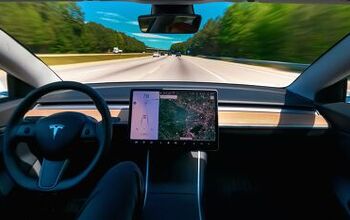
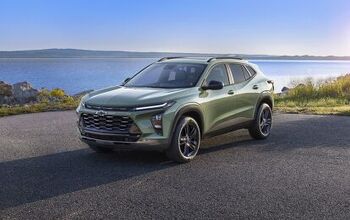
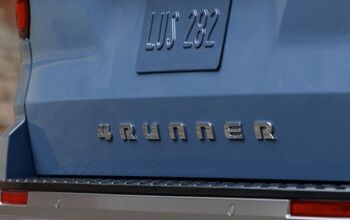

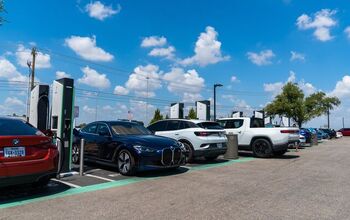

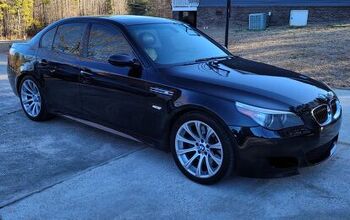

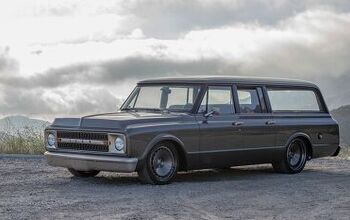


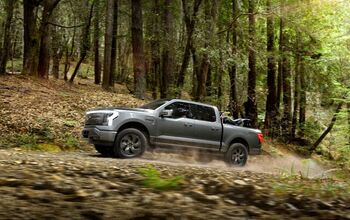

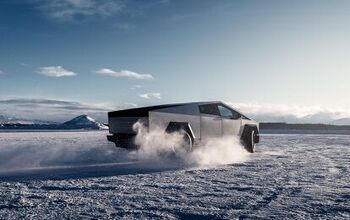
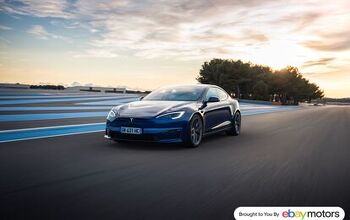
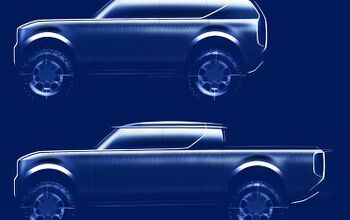

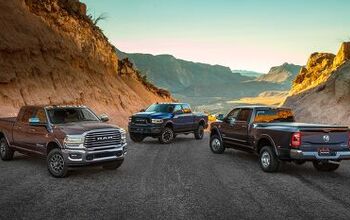
Comments
Join the conversation
Faced with the choice of a modern Yamaha MT-09 vs. mechanically-identical retro XSR900, I chose modern. The advantage to modern is that you can customize with a functional windshield, luggage, Waze, etc. without ruining "the look". The downside is that you have to wait 30 years to be imitated by hipsters.
Obviously not, considering the look of the new Bronco in the most recent TTAC article.